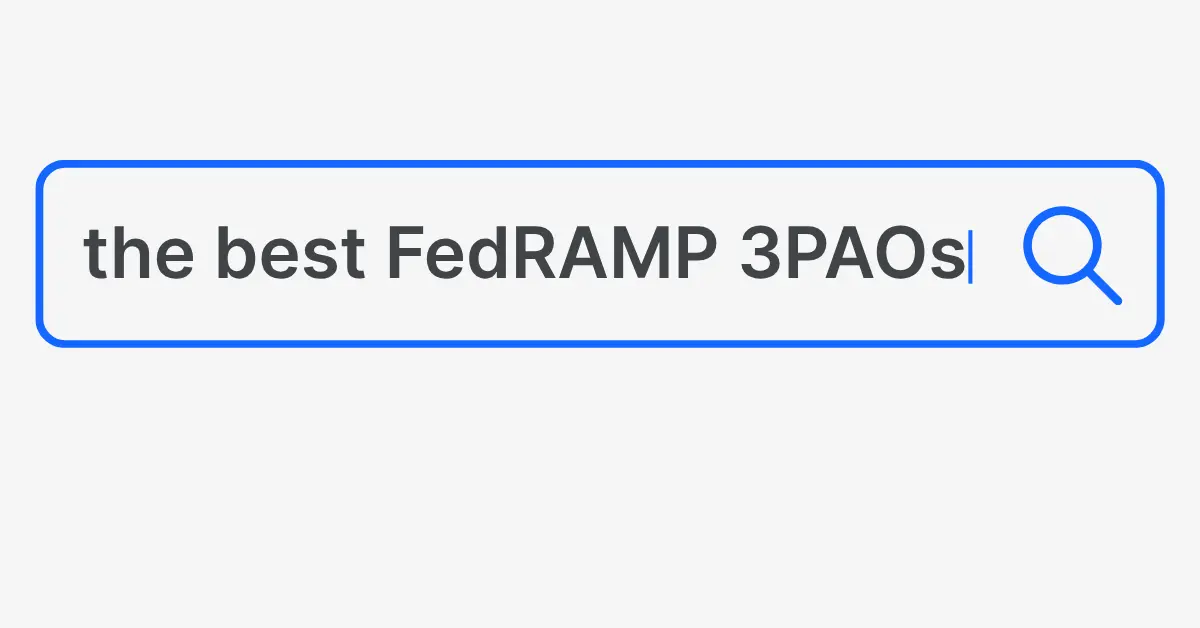In This Article

Staying ahead of new threats like steganography can feel overwhelming, especially with FedRAMP Rev 5’s updated SI-4 (18) requirements.
Paramify’s expertise simplifies the process, helping you understand what covert channels to monitor and how to implement the right defenses. In this post, we’ll break it down and guide you toward effective compliance.
Understanding Steganography
Steganography is the intricate method of concealing data within another dataset. In a tangible analogy, consider a regular shipping facility dispatching boxes daily. Using the steganography technique, one could covertly place an item inside an everyday box, ensuring it gets transported without drawing attention. The recipient, in the know, can then retrieve the hidden item from the box.
Digitally, steganography might involve embedding classified information within ordinary files like images or audio tracks. To the untrained eye (or system), this data seems like regular traffic, but to an informed receiver, the concealed data can be discreetly extracted.
Implications for FedRAMP Rev 5 SI-4 (18) Updates
With the inclusion of covert channel monitoring in the recent FedRAMP update, there's a spotlight on sophisticated data-smuggling methods like steganography. However, the nuances and specifics of this requirement have raised questions. If the main covert channel under scrutiny isn't steganography, which other methods demand attention?
This ambiguity emphasizes the need for clarity and precision. Given the covert channel's potential risks, it's vital for organizations to pinpoint what exactly they need to monitor. This understanding ensures the development and implementation of the most effective protective countermeasures.
Striking the Right Balance
In deciphering the FedRAMP's latest directives, experts find themselves at a crossroads. One path leans towards rigorous steganography monitoring due to its stealthy nature. The other suggests that while steganography is significant, there might be other covert channels also worthy of attention.
This dichotomy necessitates a balanced approach—combining vigilance for well-known methods like steganography with alertness for upcoming techniques.
Conclusion
The latest update in The FedRAMP Rev 5 SI-4 (18) is a testament to the ever-evolving challenges in cybersecurity. As threats grow in complexity, staying abreast of and adapting to guidelines like those around steganography becomes crucial. For organizations, the mantra remains clear: stay informed, stay adaptable, and above all, stay vigilant.




